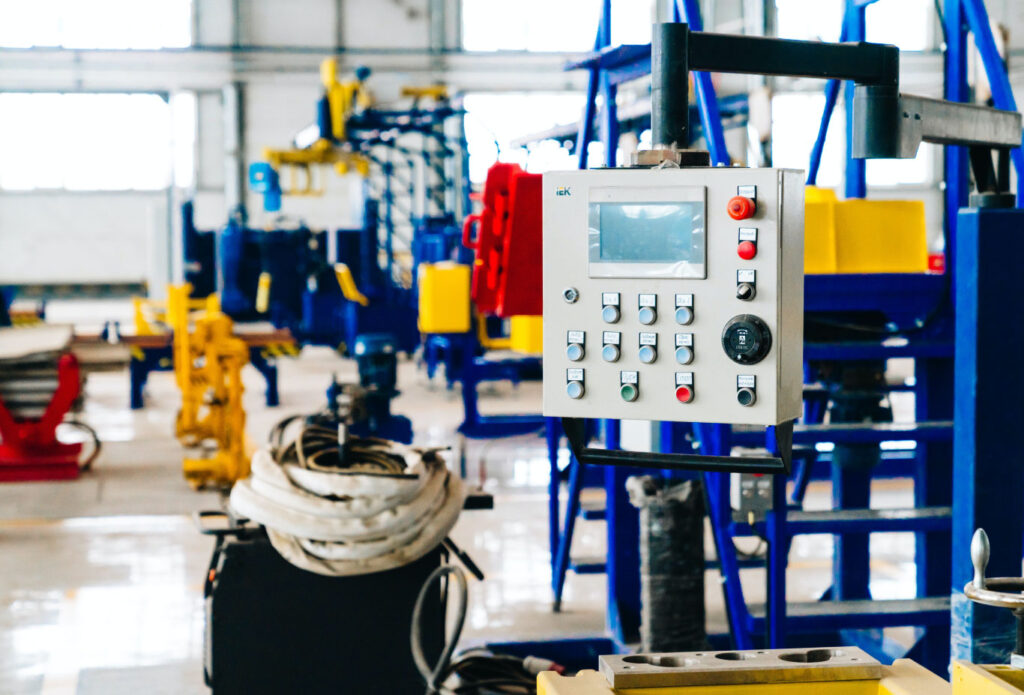
How does RPA work?
While industrial robots transformed the factory floor, RPA robots are taking over the back office. RPA robots emulate human actions like opening files, copy-pasting fields, and inputting data in an automated manner. They interact with different systems through integration and screen scraping, allowing RPA tools to work like human employees.

An RPA bot is the fundamental unit of automation and it can be deployed from an employee’s desktop or from the cloud. The two common types of bots available in the market are:
- Programmable bots: Such bots are defined by set rules and parameters created by a programmer. However, it is a time-consuming task to train bots for complex tasks as it requires step-by-step mapping of the process.
- Intelligent bots: AI-powered bots and self-learning bots can analyse historical data and current data to “learn” how an employee performs a process. Once the bot has analysed enough data, it can perform the process on its own. Such bots are well-suited for processes that have unstructured data or fluctuating parameters.
RPA has evolved from three key technologies:
- Screen scraping: It involves processing the HTML of a webpage and converting it into a format which can be recognized by the RPA bot and helps it interact with the page.
- Workflow automation: It involves software that eliminates manual data entry and increases the speed of order fulfilment, thus improving accuracy, efficiency, and customer satisfaction.
- Artificial intelligence: It refers to the ability of computers to perform tasks that normally require human intelligence and intervention. With machine learning, computers can be trained to perform tasks independently using large quantities of historical and current data.
Challenges to RPA:
Although RPA is poised to become a major business need, there are a few questions that enterprises must consider before implementing the technology:
- Is RPA expensive?
RPA may have initial installation costs, but it is still cheaper to deploy than traditional automation solutions because it works alongside the existing infrastructure and does not require restructuring of systems.
- Does RPA pose a data security risk
There is always a potential for misuse of sensitive data that RPA robots handle on a day-to-day basis. Malicious programming by software developers to introduce malware is a risk. Enterprises can combat such dangers by introducing additional security measures like role-based access to confidential data and data encryption.
- Will RPA cause loss of jobs?
Certain jobs will be replaced by RPA bots, like those of data entry specialists. However, the technology will also create new jobs such as those of RPA developers and RPA engineers. RPA will also enhance existing jobs by providing tools to help humans focus on value-added tasks.
Some Top RPA vendors
Some of the leading vendors that offer RPA tools customized for enterprise-level companies and streamline the technology are:
- Automation Anywhere Inc. offers an enterprise digital workforce platform that enables quote-to-cash, procure-to-pay, claims processing, HR, and other back-office processes.
- Blue Prism offers organizations desktop-aligned robots that are defined and managed centrally.
- UiPath provides an open platform to help organizations efficiently automate business processes. It is the most widely used RPA platform in the world currently.
- Pega Systems offers end-to-end automation solution which combines business process management, artificial intelligence, and robotic desktop automation.
- EdgeVerve Ltd., an Infosys company, helps organizations improve business processes, modernize customer service, and enhance operational productivity.
- Workfusion automates enterprise business processes by bringing together workforce orchestration, robotics, and AI-powered cognitive automation.
Conclusion
Although automation software is estimated to eliminate 140 million jobs by 2025, it is also set to create high-quality jobs for enterprises which maintain and improve RPA software. RPA technology will require CTOs or CIOs to take accountability for business outcomes and the risks of deploying RPA tools. Advances in RPA will continue to help businesses reduce their overhead costs and maximize their ROI, thus justifying its relevance and use.


No Comments on How does RPA work?